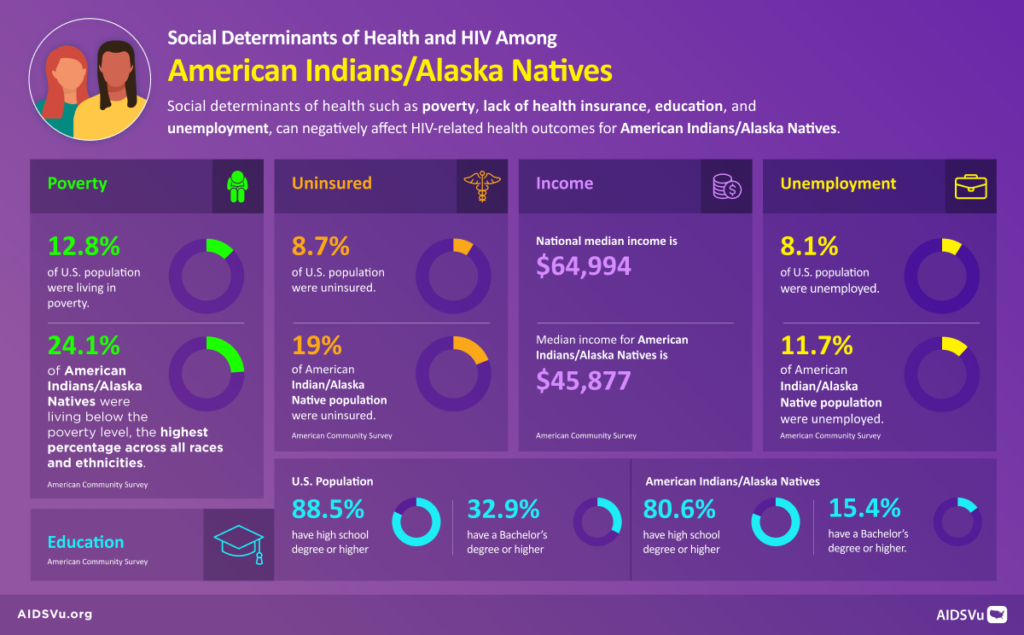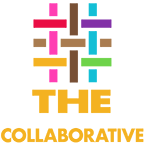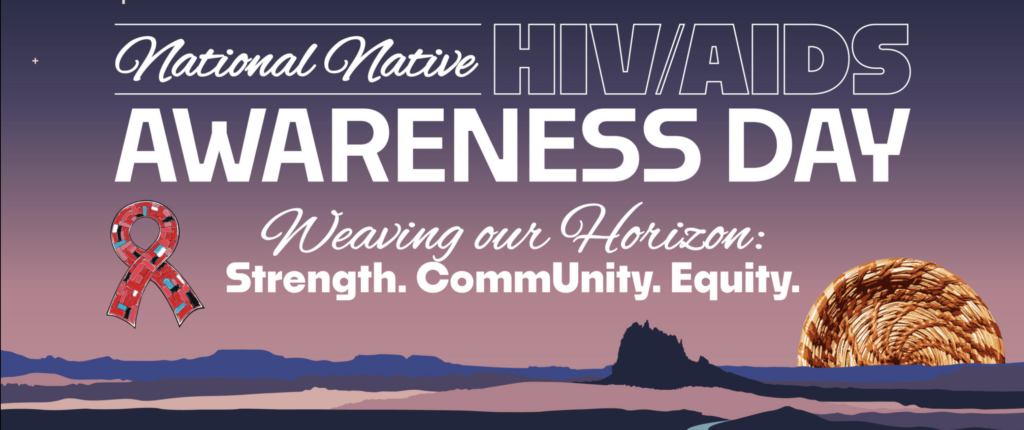
National Native HIV/AIDS Awareness Day on March 20th is an opportunity to raise awareness of the impact of HIV on Native people (American Indians, Alaska Natives and Native Hawaiians) across the United States and territorial areas. Today and every day, we can help reduce stigma and work to expand HIV education, testing, prevention, and treatment in Native communities.
The 2023 #NNHAD theme is “Weaving our Horizon: Strength. CommUnity. Equity.”Learn more from the National Native HIV Network.
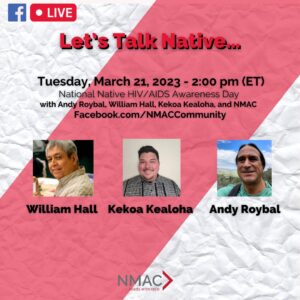 Resources from PAETC and Partner Organizations
Resources from PAETC and Partner Organizations
National Minority AIDS Council is hosting a Facebook Live on Tuesday March 21, 2023 at 2:00 PM (ET) to honor National Native HIV/AIDS Awareness Day.
Access NMAC’s Not One More Fighting HIV/AIDS in Native American Communities Brochure.
View HIV Learning Network’s Culturally-Based Programs to Improve Engagement and Health Outcomes: Addressing Stigma for Native Hawaiian with HIV with speaker Malulani Orton, Native Hawaiian Medical Case Manager at Hawai’i Health & Harm Reduction Center.
View Session 3 of California PTC’s Medical Mistrust Symposium, which focuses on Meaningfully Engaging the Tribal Community with speaker Michael Allison, Native American Liaison at the Arizona Department of Health Services (ADHS).
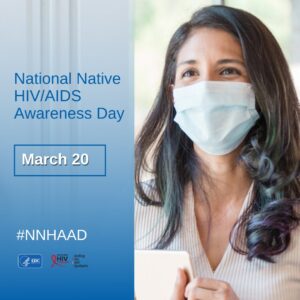
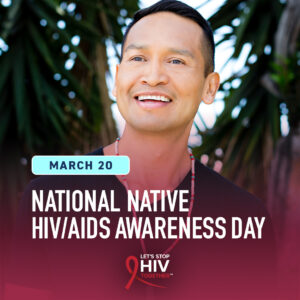
Providers: Help end the HIV epidemic in American Indian, Alaska Native, & Native Hawaiian communities by using advances in HIV testing, prevention, & treatment.
Learn how the HIV epidemic impacts Native communities with data from AIDSVu:
According to AIDSVu, certain age groups in the American Indian/Alaska Native (AI/AN) community are more affected by HIV/AIDS. In 2021, young American Indians/Alaska Native people (AI/AN) aged 25-34 had the highest percentage (40%) of new HIV diagnoses of any age group. This percentage increased from 2020, when American Indians/Alaska Native people aged 25-34 accounted for 36% of new HIV diagnoses.
Additionally, among all women in 2021, American Indian/Alaska Native (AI/AN) women had the highest percentage (40%) of new HIV diagnoses attributed to injection drug use (IDU) when compared to other races and ethnicities.
It is also important to recognize how social determinants of health can negatively impact HIV-related health outcomes for AI/AN communities due to a lack of access to affordable health care and financial insecurity. For example:
- 1% of the AI/AN population were living below the poverty level, compared to 12.8% of the U.S. population.
- 19% of the AI/AN population were uninsured, compared to 8.7% of the U.S. population.
